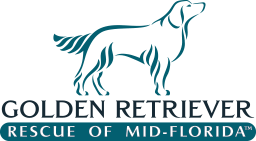Helping dogs with hip dysplasia...
Please remember this information does not replace proper vet care.
First, let’s make it clear that there are many types of rear end lamenesses that may end up being diagnosed as hip dysplasia, but you really can’t accept the diagnosis of hip dysplasia without hip x-rays. Hip dysplasia is a radiographic diagnosis, not a clinical diagnosis.
What is Hip Dysplasia?
In the dog’s hind legs, the head of the femur (or thigh bone) is shaped like a ball, and it is supposed to fit tightly into the acetabulum (socket); it’s a classic ball and socket joint. Hip dysplasia is a catch-all term for a variety of problems with that ball and socket joint.
Good Nutrition for Good Hips
Once you get your puppy or young dog, there are a number of things you can do to reduce the likelihood that he develops dysplasia, or improves the condition in the case of a dog who already has dysplasia. Proper nutrition is the first and foremost consideration.
Pain Relief is Therapeutic
It’s true that these drugs can cause side effects when used over a long time. But exercise will build up the dog’s muscle tone, and strong muscles help support joints, whether they are normal or weak. Dogs who are kept quiet will only get worse and feel worse. Give the dog at least enough to get him fit and comfortable, and then taper or eliminate the dosage whenever possible.
To read more about Hip Dysplasia by Dr. Giroux, a certified member of the American Veterinary Chiropractic Association, from her article in the WDJ, click here.
